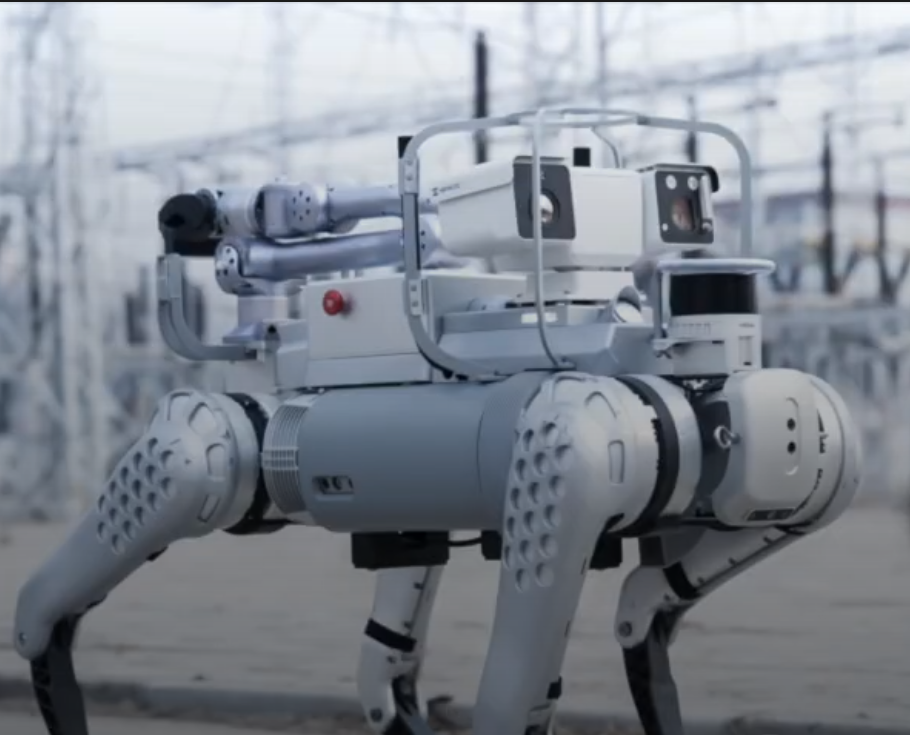Industrial and manufacturing facilities nationwide are suffering from staff shortages, making it difficult for them to meet their safety and security standards. While our industrial maintenance system cannot completely replace the output of a staff member, they can help free up the time and resources of current employees by completing remedial tasks that take up time and energy.

The multi-camera system integrates high-resolution optical and depth-sensing cameras to provide a real-time, multi-perspective view of industrial facilities. Designed for inspection surveillance, hazard testing, thermal monitoring, and leak detection, the system combines:
The system processes live video feeds using a distributed edge computing architecture, where:
The video analytics backend leverages GStreamer pipelines for efficient processing and supports H.265/H.264 encoding for storage and transmission. Video data is indexed with timestamped metadata, allowing forensic analysis and playback during incident reviews.
Network and Control Interface:
This modular surveillance system improves situational awareness for foremen, reduces blind spots, and enhances safety by delivering AI-assisted monitoring with minimal manual intervention.
The two-way audio communication system facilitates secure and real-time voice interaction between workers. It integrates:
The system supports:
For security, all audio transmissions are encrypted using TLS-secured WebRTC channels, preventing eavesdropping or unauthorized access.
This system enhances command efficiency and response coordination, allowing workers to communicate seamlessly with each other without direct engagement.
The autonomous navigation system enables the robot to patrol indoor and outdoor facilities without human intervention. The system is built on a SLAM (Simultaneous Localization and Mapping) framework, which combines:
The system operates in two primary modes:
Positioning accuracy is enhanced through sensor fusion, integrating:
This autonomous system reduces the workload of staff, increases patrol coverage, and enhances safety enforcement with continuous monitoring.
The detection pipeline is optimized using:
Detected objects are logged with timestamps, confidence levels, and associated patrol locations, creating an auditable security record.
The robotic arm is an advanced inspection tool equipped with:
Copyright © 2022 STOKES ROBOTICS | All rights reserved
Carl Junction, MO
417 649-8862
bi**@************cs.com
